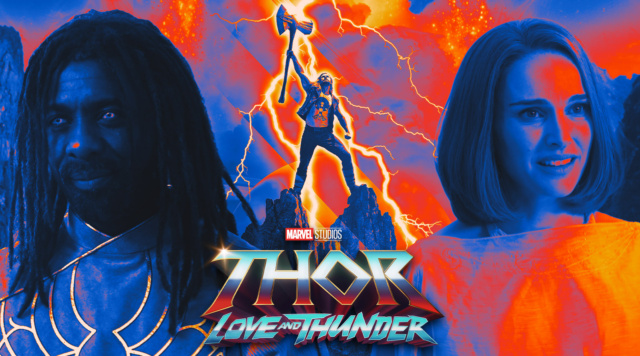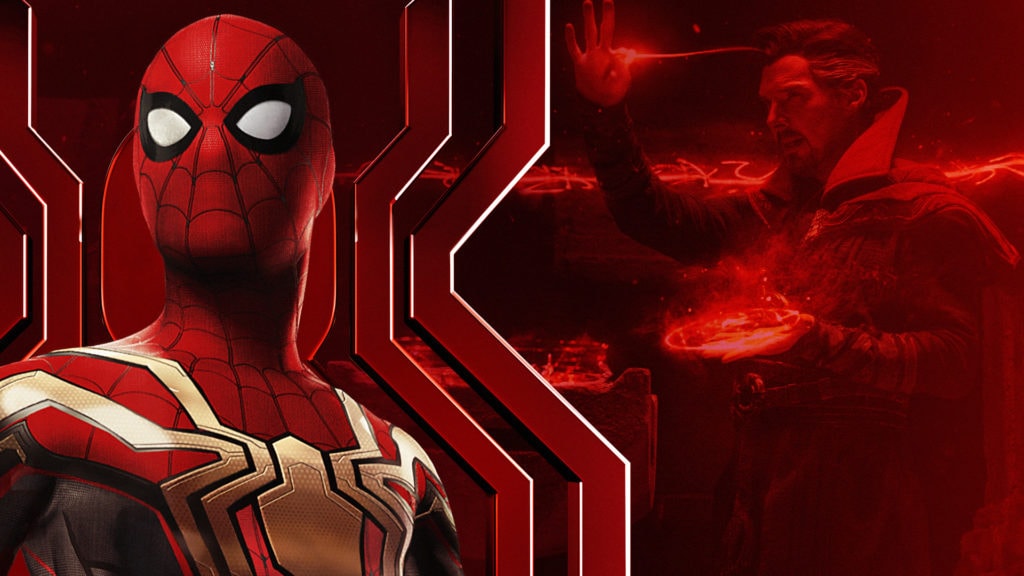The Marvel Multiverse and Black Holes
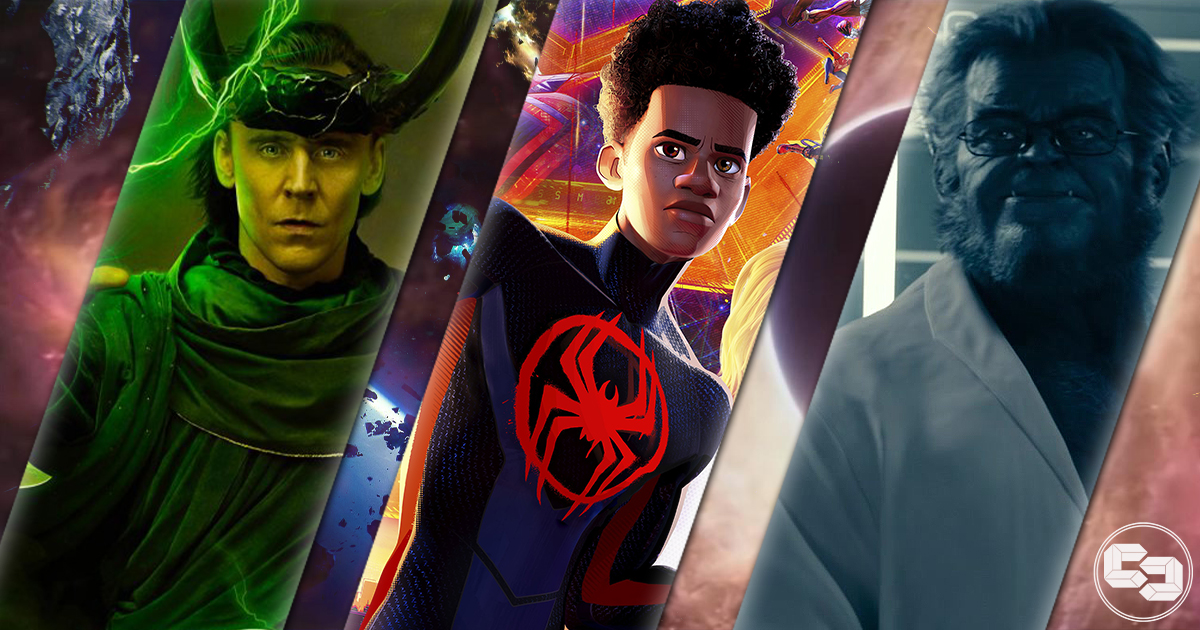
Often depicted as a prism of endless possibilities, the multiverse has one constant across all possible variations or interpretations: it can become a complex and complicated story trope. The very definition of the multiverse is a simple one to comprehend: the collection of our known universe and all other universes parallel to it, ever-expanding at an infinite rate. But when it comes to expanding upon the concept and defining the rules and limitations of the multiverse, it can often get messy. This article will break down the science behind Marvel Studios’ take on the multiverse, the use of black holes, and hopefully help reach a basic understanding of the Marvel multiverse as a whole.
[Warning: Spoilers for the Loki series and other MCU productions involving the Marvel Multiverse, black holes, nexus events, incursions and more below!]
The Sacred Timeline and The Multiversal War
When the Marvel Cinematic Universe started in 2008 with Iron Man, audiences were bound to become a part of a larger shared universe more than ever before. But at the time, that was all it was: one singular universe relaying the tale of The Infinity Saga until the first season of Marvel’s Loki premiered in 2021.
In the first season finale of Loki, we learned that the leader of the Time Variance Authority, He Who Remains, was a variant of Kang. He Who Remains orchestrated and wrote out all the events of The Infinity Saga as part of his Sacred Timeline following his victory in the Multiversal War.
The Sacred Timeline is a collection of universes selected by He Who Remains that carry the same baseline, which would lead to the same result: the birth of He Who Remains and preventing the birth of any other possible Kang variants. In essence, imagine The Sacred Timeline as a very strict script. Loki writer Michael Waldron explained how this concept works in a July 2021 interview with Screencrush:
“So there are infinite instances of time always occurring at once. So you and I are having this conversation right now. There’s another instance of us having this conversation 10 seconds ago. There’s another instance of time of us having this conversation 10 seconds in the future. Generally, those three instances — you could literally say they’re all different universes in a way different timelines — are all the same. There are minute little fluctuations in each instance of time. So in you and I’s conversation, five times out of ten, I pick up and I say, “Hello.” And four times out of ten, I say, “Hey, nice to meet you.” And then maybe one time out of ten, I’d say, “Hey man, f— you. I don’t want to do this interview.”
Based on Waldron’s explanation, he illustrates that of these ten instances of a conversation, the ultimate goal would still take place: the interview with Matt Singer of Screencrush would occur nine times out of ten. Only in one possibility would Waldron refuse to do the interview, and that’s where the TVA would intervene, as this would be classified as a nexus event.
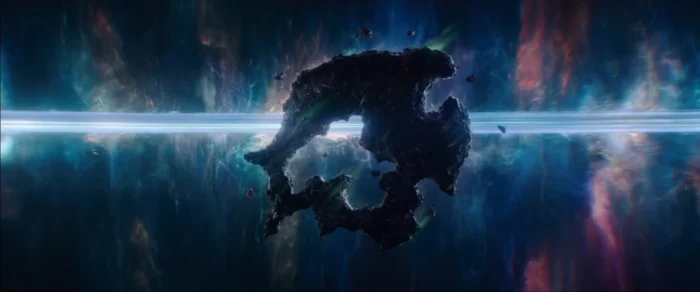
He Who Remains, nexus events, and the TVA
Nexus events occur when an individual’s choice inside The Sacred Timeline is a direct deviation from what is supposed to happen. This would cause a chain reaction that could result in the birth of another Kang variant and threaten He Who Remains’ reign. So, after He Who Remains established The Sacred Timeline, he created the TVA to help him maintain order and prevent nexus events from branching beyond the point of no return and cause the multiverse to unravel.
During the Loki series, we saw how Sylvie Laufeydottir, a variant of Loki, bombed The Sacred Timeline at several points using the TVA’s reset charges. This ultimately resulted in several nexus events occurring across many points in time. Once these nexus events crossed the threshold, the branches reached the point of no return, unleashing instability to The Sacred Timeline. The once, singular baseline universe began to expand and connect to other universes, leading to the expansion of the marvel multiverse.
Loki’s noncommutative solution
Do you remember that one equation written on the wall of He Who Remains’ study at the Citadel at the End of Time? Did you know that that is an actual, real-life equation? It is a non-linear integral equation in a technical paper titled “Lambert-W Solves the Noncommutative Φ^4-Model” by Erik Panzer and Raimar Wulkenhaar. The theorem and the paper provide a solution to this equation within the framework of noncommutative quantum field theory. The equation is found in Theorem 1. (SAO/NASA Astrophysics Data System)
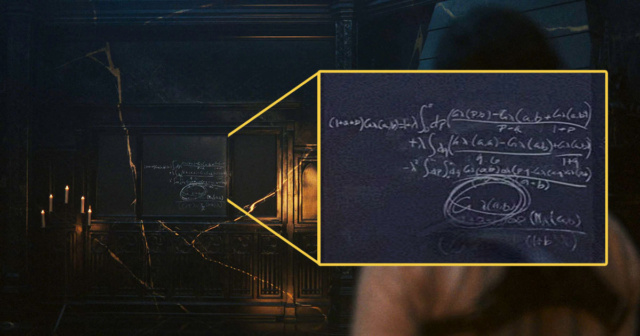
Let’s break down what that means because it could get pretty confusing quickly. Commutative and noncommutative refer to properties of operations in math. Commutative means that no matter the order of the operations of numbers in a mathematical equation, the result is the same. An example is 1 + 2 = 3 = 2 + 1. No matter the order, the solution will always be 3. Noncommutative, on the other hand, means that the order of operations of numbers does matter, and swapping them can yield different results.
He Who Remains alluded to this concept in the Loki season 2 finale when Loki stated he would never stop fighting He Who Remains’ variants and that “the outcome to this equation remains the same.” This is then followed by Loki looking at the equation on the board, which alludes to Loki’s decision to break the Loom as the noncommutative solution that will break the cycle of having the same outcome.
To sum it all up and try to make sense of it, consider the commutative property to be The Sacred Timeline. Commutative property favors the existence of The Sacred Timeline because no matter the events that occur, the result will always be the same, with He Who Remains at the Citadel at the End of Time. Noncommutative property favors the multiverse because allowing different events to happen at random orders allows different outcomes to occur, leading to many variants and universes.
The Spider-Verse and variant Marvel universes
With the death of He Who Remains and the script of The Sacred Timeline becoming undone, multiple branches across The Sacred Timeline began to spread and give birth to an infinite number of universes, collectively known as the multiverse. This multiverse allowed for the existence of alternate universes to exist outside the one we already know from The Infinity Saga.
One example of a variant universe is Earth-838, presented in Doctor Strange in the Multiverse of Madness. The most extensive collection of variant universes from the 616/199999 Universe the MCU is based on, is presented in What If…?. At least fifteen different universes have been presented in this Disney+ show, universes that feature variant characters, including:
- Captain Peggy Carter
- Star-Lord T’Challa
- Nova Corp Nebula
- 1980’s Avengers
- Sakaarian Iron Man & Gamora
- Kahhori
- Strange Supreme
- Wanda Merlin
- Hela
There are also universes where time’s flow deviates at several points. For example, in the MCU, Peter Parker was bitten by a radioactive spider in 2015, leading to his rise as Spider-Man in a universe where the Avengers were already active, and he was later recruited into that team.
But there are other universes in which Peter Parker was born earlier and became Spider-Man earlier than in 2015. Such is the case of the Spider-Man from the Sam Raimi films’ universe, who became Spider-Man in 2002, and the Spider-Man from Marc Webb films’ universe, who became Spider-Man in 2012. Eventually, these characters all crossed paths in Spider-Man: No Way Home when a spell cast by Doctor Strange caused the barrier between universes to blur and brought the characters from their respective universes into the MCU for a time.
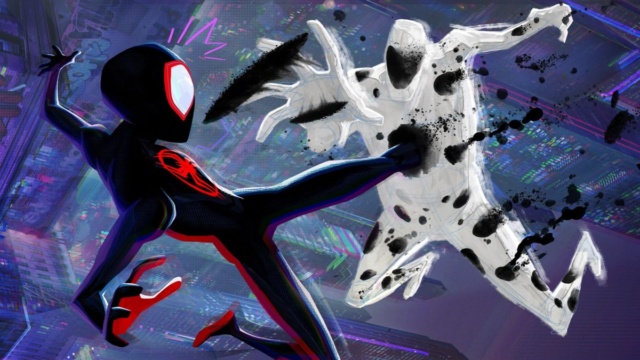
Other universes vary from the central 616 MCU universe. Take every universe shown in the Spider-Man: Spider-Verse animated movies. All of these Earths are a part of the grand Marvel multiverse and connected via the Web of Life and Destiny, a collection of universes where there was, is, or will be a Spider-Person in that particular Earth or timeline. These Earths are currently under observation by Miguel O’Hara of Earth-928.
There are other universes where the leading superhero team isn’t even the Avengers. These universes have other superhero teams, such as the X-Men in the 20th Century Fox / Marvel film franchise in one universe, and The Fantastic Four in another. Not to mention the countless other non-Marvel Studios Marvel films that are also part of the larger Marvel multiverse. All of these universes are currently “superimposed.” Superposition in this context refers to these universes occurring concurrently with one another, just like two cars passing by each other on the same road.
Marvel multiverse threat: an increased danger of incursions
As more universes expand, so do the chances of incursions. We’ve discussed incursions on the site in a separate article, but let’s recap. An incursion “occurs when the boundary between two universes erodes, and they collide, destroying one or both entirely.” The process of an incursion occurs due to prolonged multiversal travel, such as the case of Doctor Strange being on Earth-838, as well as the Scarlet Witch’s dreamwalking into that universe.
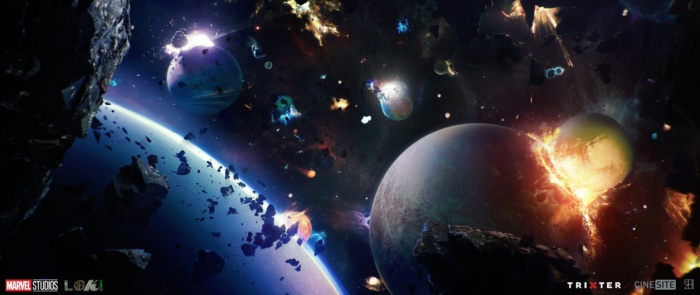
This has caused the MCU’s Earth-616 to have an incursion into another universe. We may also see another universe step into an incursion collision course with that universe, as Monica is currently in another universe, seemingly inhabited by the X-Men. We will no doubt see the ultimate end goal of these incursions in the upcoming Avengers: Secret Wars films by the end of the Multiverse Saga.
For Marvel, black holes aren’t a curse… they’re the answer
“You heard about how if you fall into a black hole, you turn into spaghetti?” We remember this line from O.B. in Loki season 2. Spaghettification refers to the real-life theory/concept that if you approach a black hole, “Matter near a black hole can be spaghettified, super-heated, squeezed, pancaked, pulled apart, and swirled around all while time itself stretches in unusual ways.” (Source: universe.NASA.gov) Spaghettification is a result of matter approaching temporal radiation.
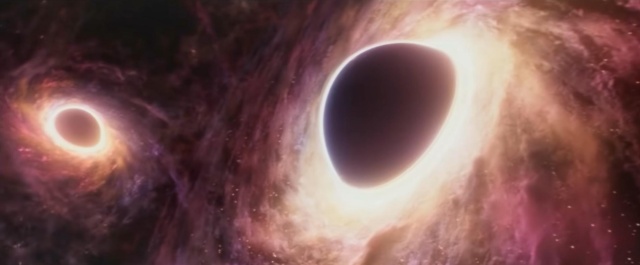
Now, we’ve seen this concept applied before. First, in Ant-Man and the Wasp: Quantumania, when Scott Lang entered the probability storm, his variants began to multiply and turn into spaghetti when they approached Kang’s Multiversal Engine Core.
Later, we also saw this concept heavily applied in Loki season 2 when Victor Timely tried to approach the Temporal Loom and was spread apart into spaghetti because the temporal radiation was too high. Therefore, the implication is that the temporal radiation of the Temporal Loom and timelines is the same as the ones black holes emit. Could this imply that black holes are the key to multiversal travel? The answer is yes.
We saw this implied in Loki season 1 when we are seemingly sent from one universe to another as we transition between two black holes. Additional evidence was shown in The Marvels when Dar-Benn clashed her bangles together in front of a waypoint she created. The effect of that collision caused a gateway towards another Earth in another universe. But before that appeared, we saw this tunnel in the shot.
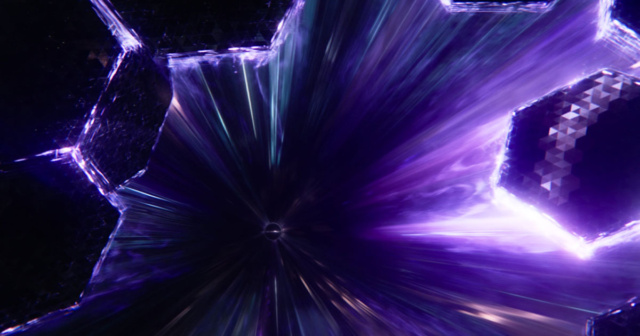
Monica describes this shot as “self-propagating singularity with negative mass… and non-Newtonian topology.” At the end of this tunnel, you can observe a black hole at the end of it before it becomes a gateway into another universe. Therefore, we can interpret that black holes, or at the very least the energy of these singularities, can act as gateways into other universes.
Black Holes, being the gateways to travel through the Marvel multiverse, make incredible sense to tie these separate universes together. Just look at The Spot, who used his holes to travel from one universe to another in Across the Spider-Verse. Could his holes be the answer to connecting the animated Spider-Verse continuity to the main MCU universe… and beyond?
What do you think? Discuss this article and more with us in The Cosmic Circus Discord or on X or other social media @mycosmiccircus.
New Discovery in Thor: Love and Thunder Ties to The Multiverse Saga
Doctor Strange’s Spell in Spider-Man: No Way Home Explained

